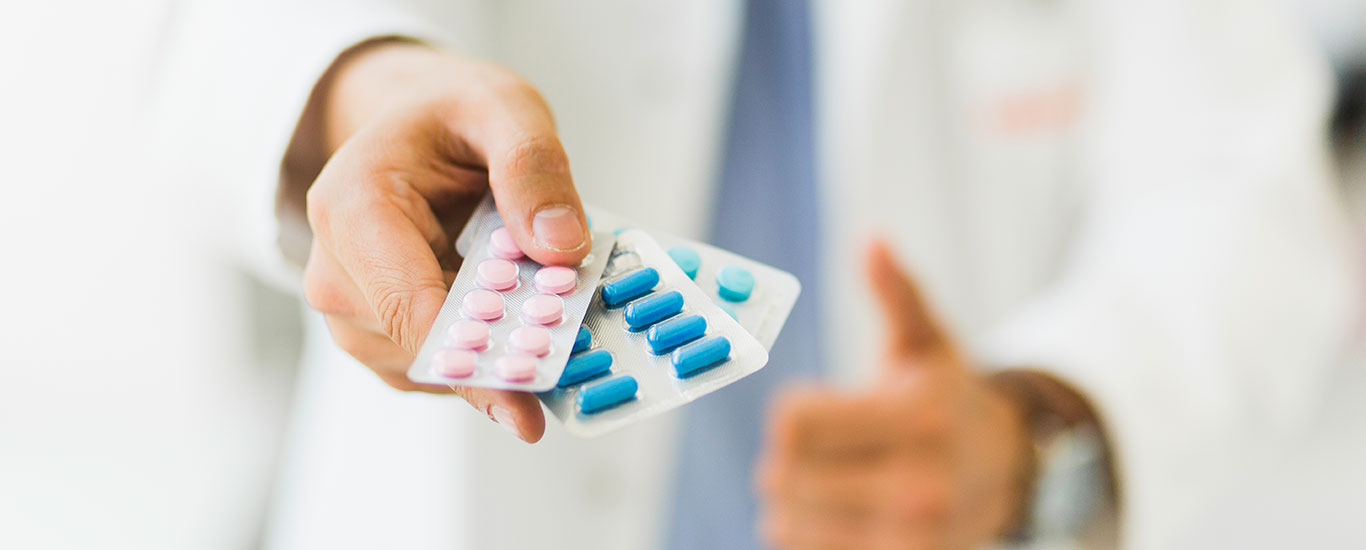Dr SugataPyne,
Manager – Smart Metabolic Anti Aging Centre
“The world is on the brink of losing these miracle cures,” says WHO Director-General, Dr Margaret Chan referring to antibiotics that were often hailed as “wonder drugs”.
For almost half a century now, Antibiotics have been the magical cure to fatal diseases like tuberculosis, gonorrhoea, cholera, pneumonia, meningitis, scarlet fever, diphtheria etc. Their magical ability to cure a disease has inspired a ‘pill popping’ culture for patients and a ‘pilol prescribing’ culture for doctors.
But too much of a good thing is bad, and the dangers of antibiotics have manifested in the creation of ‘superbugs’ that are fiercely resistant to any antibiotic ever.
Merely 4 years after the discovery of penicillin, the first penicillin resistant bacteria was found, Researchers developed newer, stronger drugs to combat them. But we failed to realise that creating newer antibiotics is not the solution to the problem- curtailing its use, is.
How does bacteria become resistant?
Pill Popping culture
When antibiotics are given to a human being to kill bacteria in the body, majority of them die. But a very small number of bacteria remain alive. This is like evolution or survival of the fittest. The bacteria which remains alive contain the resistant gene and multiply. This way the resistant bacteria spreads. The more antibiotics we use, the more we cause creation of newer resistant bacteria.
Animal Products
Most antibiotics that are developed are injected intopoultry, cattle, dairy producers in sub therapeutic doses to increase feed efficiency. Billions of them are fattened with high doses of animal feed and antibiotics, to get higher quantity of meat and milk. These resistant bacteria then makes its way to human beings through direct contact, soil, water, animal products.
Antibiotic resistance can lead to:
- Prolonged recovery,
- Increased length of hospital stay
- Higher cost of treatment
- Greater spread of infection and resistance
- Increased mortality and morbidity
- Low recovery for cancer (chemotherapy) treatment, organ transplantation, post surgery outcomes due to failing antibiotics.
In India alone, the consumption of anti-biotics has upped by 103%, India surpassed the USA’s antibiotic consumption rate for the last resort antibiotics called oxazolidinones, to become the highest antibiotic consumer in the world. Also, according to a study published in the British Journal of Clinical Pharmacology, a team of Indian and British researchers found that nearly 2/3rd of the fixed-dose combination (FDC) antibiotics sold in India are in fact illegal and are sold without any regulatory approval.
In case of the resistant bacteria that we end up consuming through milk and other animal products, the European Union banned their use in 1999. But in India, neither do we have any data regarding this, nor any laws.
Responsible use of antibiotics and awareness about their effects will be crucial to the control of the antibiotic epidemic in India. Our governments will wake up when they will, in the meanwhile it is up to us to know as much as we can about this dormant epidemic – so that we can take care of our health and of those we care about.

